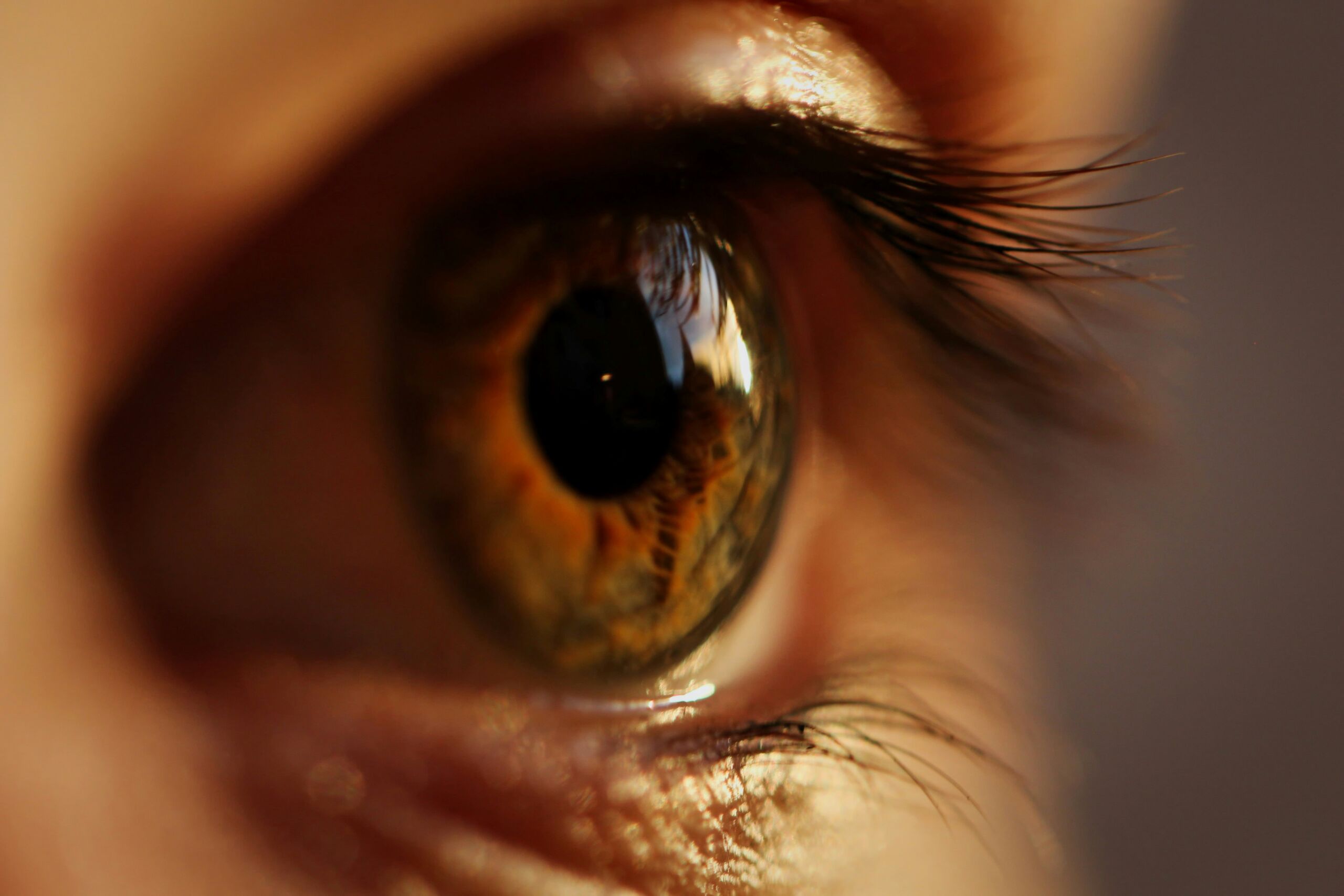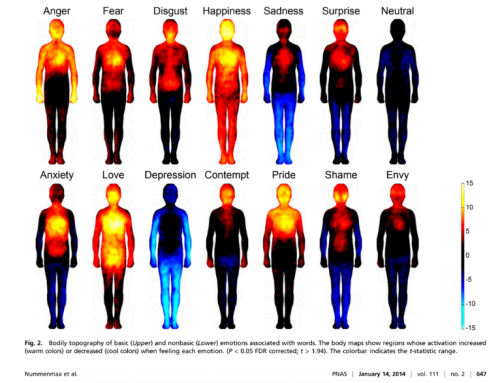
Recently I had the bizarre experience of accidentally putting two sets of contact lenses in my eyes. I couldn’t remember putting the first set in at all, and so when I mindfully put the second set in, it was extremely confusing when everything became a complete blur!
It took me a while to figure out what on earth was going on, and when I did, I realised how completely mindless I had been.
‘Mistakes are cues to be in the present.’ This one-liner from Professor Ellen Langer, a pioneering researcher and leader in the field of mindfulness highlights how so often we are operating in automatic mindlessness throughout the day. Once I had finally figured out what I had done, I was quite shocked at how easy it was to just go through the motions so mindlessly.
When we can practice the art of noticing, that is, being mindful to the current moment, we are far more able to quieten our racing minds, think with clarity and make deliberate decisions.
When we are being mindless, we are losing out to our attention. Psychologist Michael Posner argues that the psychological concept of attention is as important to understanding consciousness as DNA is to understanding life. He says, ‘Consciousness can be divided into awareness of the world around us and voluntary control of our own thoughts and behaviour.’
The challenge here is that our environment is rife with distractions, while due to our natural tendencies to hold onto negative thoughts four times more than positive, our heads can be full of concern, worry and stress. We may spend many of our days ‘internally stewing’ as one client of mine described it of his front-line workers, and this stewing can easily continue to distract us when we don’t have the skills to self-regulate.
According to a study from the University of California Irvine, it takes an average of 23 minutes and 15 seconds to regain focus after a distraction at work, which is significant when we consider research conducted by the Economist that that we lose on average 600 hours per year due to workplace distractions!
When we practice positive leadership, we are also practicing the art of noticing and going about our day more mindfully as opposed to mindlessly.
Some of the benefits when we are actively noticing are:
- we are able to interpret and treat our emotions as data, gaining insight into what they actually mean beyond what they feel
- we are able to deliberately choose our mindsets
- we become way more other-focused (emphasising and considering other perspectives while enhancing cooperative behaviours)
- we see the impact of the words we choose to use
- we recognise moments for gratitude and recognition
Professor Ellen Langer defines mindfulness as the process of actively noticing new things, relinquishing preconceived mindsets, and then acting on the new observations.
When we can open ourselves up to new information and new contexts we can change our perspectives and our perceived locus of control. It can be incredibly liberating, and is a skill anyone can practice once they are present enough in the moment to not

Deb is a Senior Consultant who is passionate about Positive Leadership and brings with her a wealth of experience in applying Positive Psychology and the Neuroscience of Leadership to excel in leadership and performance. Book here for a conversation to learn more about our leadership and capability programmes.






